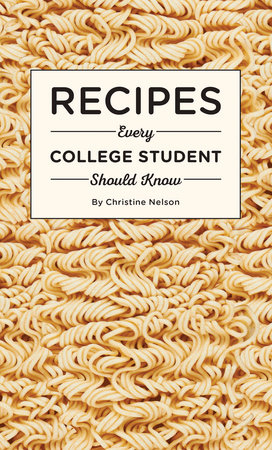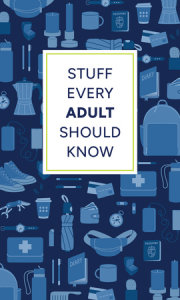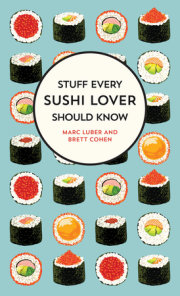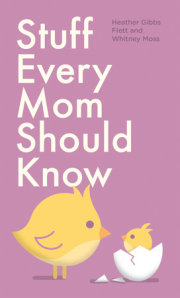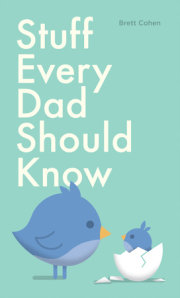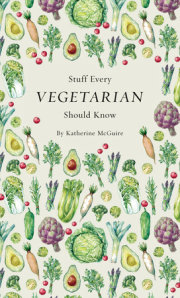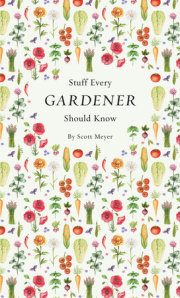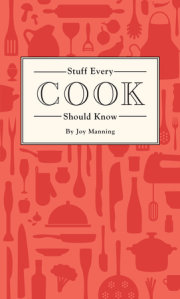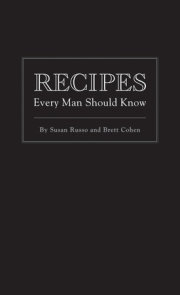Introduction After years of dreaming about going away to college, you're finally ready. But the questions seem endless. What classes should I take? Should I join a fraternity/sorority? How will I get all this homework done? Should I learn how to cook?
Yes, you should! Learning to cook offers:
1. Choice. After years of other people making all the decisions, now it's your turn. You decide what to eat.
2. Control. You've probably heard horror stories about the Freshman 15—the pounds a first-year gains. Cooking your own meals gives you control over portions and ingredients.
3. Knowledge. That's why you're in college! Even if you forget calculus or Spanish the day after graduation, you will always need to eat. Preparing appetizing, healthy, low-cost meals is a skill you will use for years to come.
4. Satisfaction. It's one in the morning, all the stores are closed, and you want a snack. Good thing you can make chocolate-covered popcorn!
This little book will help get you started with step-by-step recipes, recommended tools, and some kitchen-safety basics. There are meal ideas for a group of friends and quick breakfasts to make before class. This information may not help you pass your history midterm, but it will allow you to eat well while studying for it.
The Basics Cooking doesn't need to be complicated. The simple recipes in this book will give you the nourishing food you need to make it through the school year, this page explain the terms you'll need to know. And following these 10 tips will allow you to at least look like you know what you're doing.
1. Buy fresh ingredients. Read the sell-by dates on dairy, meats, and packaged foods. Look for fruits and vegetables that are not wilted or punctured.
2. Beware of convenience foods. Anything already washed, cut up, bagged, or canned may save time, but they're more expensive than whole foods.
3. Read the recipe through. Many a home cook has been thwarted by an unexpected instruction to "marinate overnight."
4. Don't thaw food on the counter. Ever. (See Safety First!)
5. Follow directions. Don't just throw all the ingredients together. It won't end well.
6. Start clean. Wash your cooking area as well as your hands.
7. Assemble everything before you start. You don't want to be in the middle of a
recipe when you realize that your roommate
drank all the milk.
8. Measure first. Peel, chop, measure—whatever it takes to match the ingredients list. Cooking will go more smoothly.
9. Preheat. Set the oven to the correct temperature before you start cooking. It will be ready when you are.
10. Clean as you go. Post-meal dishes are far more overwhelming than mid-cooking dishes.
Copyright © 2017 by Christine Nelson. All rights reserved. No part of this excerpt may be reproduced or reprinted without permission in writing from the publisher.




